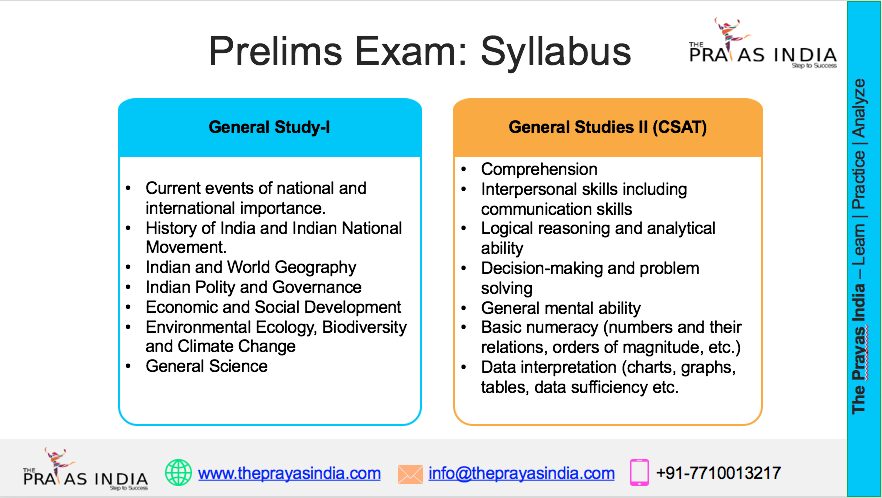Impact of Trump 2025 Tariffs on US Economy: Inflation, GDP, Employment, and Dollar Outlook
Introduction
The reimposition of tariffs by Donald Trump in 2025 has become a defining feature of his second presidential term. Seven months into his return to office, these tariffs are reshaping the economic landscape of the United States. While the administration projected economic resilience, the effects on inflation, GDP growth, employment, and currency strength indicate a far more complex scenario. For UPSC, Banking, SSC, and RRB aspirants, understanding this issue is crucial for current affairs, economic analysis, and policy interpretation.
Understanding Reciprocal Tariffs
Reciprocal tariffs are taxes imposed on imports in response to tariffs levied by other countries. Unlike World Trade Organization (WTO)-regulated tariffs, these are implemented unilaterally via executive orders. Since January 2025, the effective tariff rate on US imports has increased from roughly 2.5% to between 9.1% and 18.6%, depending on measurement methods.
These tariffs raise the cost of imported goods, disrupt global trade flows, and affect US companies dependent on international supply chains. Sectors like manufacturing, electronics, and retail have faced higher input costs, leading to wider economic repercussions.
Stock Market Signals: Mixed Performance
US stock markets provide contrasting indicators of economic health. The NASDAQ 100, dominated by large tech firms, surged over 10% in 2025, reflecting robust tech sector performance. However, broader indices like the S&P 500 and Dow Jones Industrial Average grew at a slower pace, while the Dow Jones Transportation Average declined. Small-cap companies barely registered growth.
This uneven growth highlights the sector-specific impact of tariffs, benefiting tech and domestic-focused industries while straining manufacturing, logistics, and import-reliant sectors. Investors are grappling with uncertainty, affecting market confidence.
Inflationary Pressures
Tariffs increase costs directly by taxing imports and indirectly by allowing domestic producers to raise prices for substitute products. Since April 2025, retail inflation, measured by Personal Consumption Expenditures (PCE), has climbed from near the Federal Reserve’s 2% target to approximately 3%.
Producer price inflation has also surged, signalling further consumer price increases. This inflationary pressure complicates monetary policy, reduces purchasing power, and disproportionately impacts low- and middle-income households, creating wider economic stress.
Monetary Policy Challenges
The Federal Reserve had planned interest rate cuts in 2025 to stimulate economic growth. However, rising tariff-driven inflation has prevented these cuts. Minutes from the Fed’s August 2025 meeting indicate concerns that tariffs are masking underlying inflation trends. The delay in rate cuts dampens economic expansion and illustrates the unintended consequences of unilateral trade measures.
GDP Growth Slowdown
The US economy, once growing at nearly 3% in 2023 and 2024, is forecasted to slow to 1.9% in 2025 and 1.2% in 2026. Tariffs contribute to this slowdown by increasing costs and reducing demand for both imported and domestic products. Economists warn of stagflation risks, a combination of stagnant growth and high inflation, which could challenge policymakers in the near future.
Employment Trends
Employment growth has weakened in 2025, with job creation slowing and unemployment edging higher. Industries affected by tariffs, especially manufacturing and logistics, have reduced hiring. The Bureau of Labor Statistics reported disappointing job numbers mid-year, reflecting broader economic drag and contributing to political and social concerns.
US Dollar and Global Trade Impact
The US dollar’s global strength underpins the country’s economic influence. Yet, tariffs have coincided with a weakening dollar against major currencies such as the euro, yen, and pound. A weaker dollar reduces consumer purchasing power and complicates international trade balances, affecting both exports and imports.
Conclusion
Trump’s 2025 tariffs demonstrate the complex relationship between trade policy and economic outcomes. While intended to protect domestic industries, they have unequal sectoral impacts, fueled inflation, slowed GDP growth, weakened employment gains, and affected the US dollar’s global position. For aspirants of UPSC, Banking, SSC, and RRB exams, understanding these developments is vital for current affairs, economic reasoning, and policy evaluation.




![Prayas-तेजस [UPSC CSE Sociology Optional] – Online & Offline](https://theprayasindia.com/wp-content/uploads/2025/09/Prayas-तेजस-UPSC-CSE-Optional-Subject-The-Prayas-India-300x300.png)
![Prayas-सूत्र [UPSC CSE Materials (Hardcopy)]](https://theprayasindia.com/wp-content/uploads/2025/09/Prayas-सूत्र-UPSC-CSE-Study-Materials-Hardcopy-The-Prayas-India-300x300.png)
![Prayas-मंत्रा [UPSC CSE CSAT]](https://theprayasindia.com/wp-content/uploads/2025/09/Prayas-मंत्रा-UPSC-CSE-CSAT-The-Prayas-India-300x300.png)
![Prayas सारथी [UPSC CSE One on One Mentorship]](https://theprayasindia.com/wp-content/uploads/2025/09/Prayas-सारथी-UPSC-CSE-One-on-One-Mentorship-The-Prayas-India-300x300.png)










